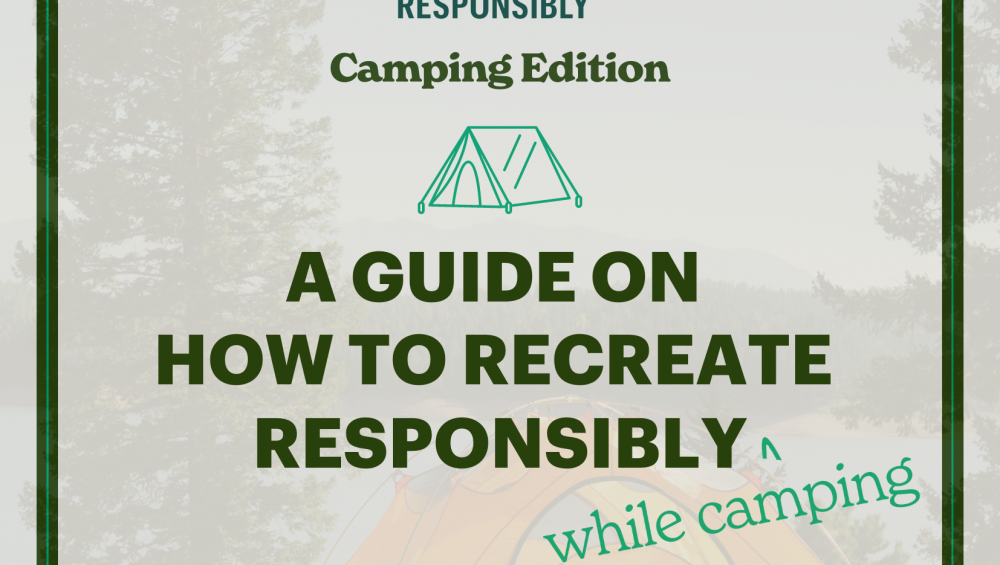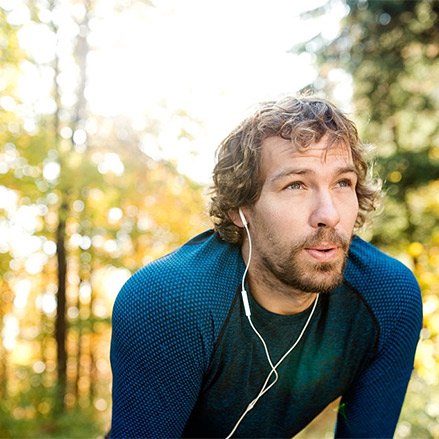Ahhh sweet summertime. One of our favorite things to do in the summer is to camp. There’s nothing better than loading up all of the gear for some time in the woods, in the mountains, or by the water. Whether you are an experienced camper or are trying it for the first time, it’s never a bad idea to remind ourselves how to be a responsible and respectful camper. From setting up a campfire to chatting with our friends and family under the stars, we’re a part of the natural environment around us. The great people at RecreateResponsibly.org have put together some tips and reminders on how to make the most of your time in the woods.
We’ve highlighted our favorite four tips below, and you can read them all here: https://www.recreateresponsibly.org/campresponsibly
Are you camping this summer? Where ya going?






